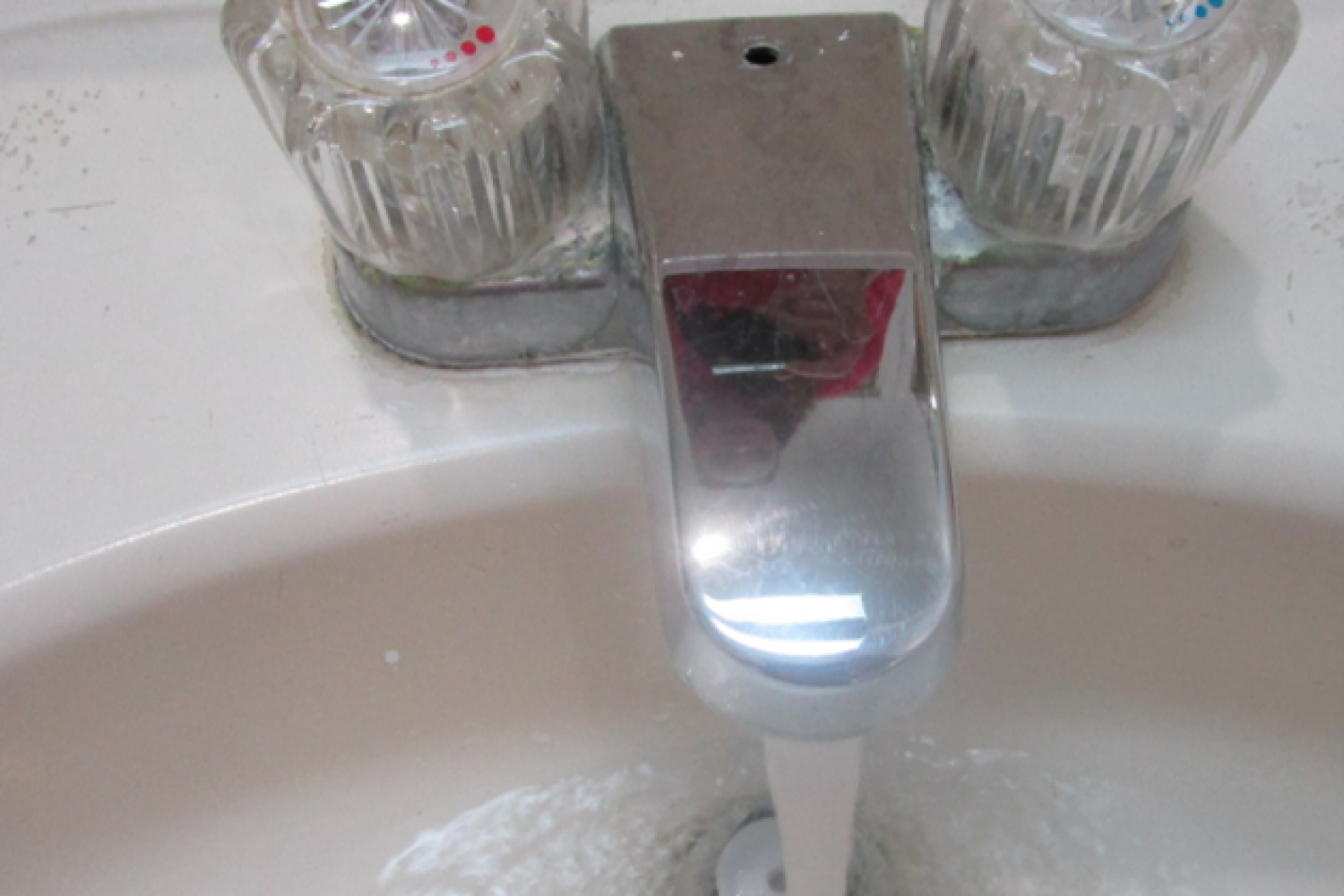In this June issue of our HUD-REAC Monthly Newsletter, I am going to discuss the parameters of recording missing/damaged sink and tub stoppers in both Units and Common Areas because it is a defect commonly misrecorded. This Newsletter will detail the exact protocol according to HUD to alleviate all confusion!
CLICK HERE for the updated COVID-19 protocols:
Inspector Notice 2021-01 or the REAC Updated FAQs
Common Area Restrooms Sink/Tub Stoppers:
- No sink or tub stoppers are required in Common Area Kitchens and Restrooms!!!
- The Federal Register states:
- “A missing stopper in a common area is NOT a deficiency.”
- “If a stopper is missing, do not record it as a deficiency.”
- The Federal Register states:
***UNIT SINK/TUB STOPPERS: Low-scoring! Typically, 0.1 – 0.2 per unit!****
Unit – Kitchens
- A stopper is NOT required for the kitchen sink in a Unit!
- The Federal Register states under Units-Kitchen-Sink:
- “If a stopper is missing, do not record it as a deficiency.”
- The Federal Register states under Units-Kitchen-Sink:
Unit – Bathroom Sinks
The Federal Register states, “If you see the stopper near the sink area, do not record it as a deficiency.”
- This means that the sink stopper does NOT have to be installed but can be nearby in a drawer, shelf, medicine cabinet or countertop!
The Compilation Bulletin clarifies that:
- A missing stopper cannot be higher than a Level 1
- You can replace the mechanical stopper with a rubber stopper as long as ALL PARTS from the mechanical stopper are removed:
- The arm is removed
- The hole where the arm was is plugged (Google “Plug button for pop up lift rod”)
- The mechanical stopper is removed
=

L1 – mechanical arm present but no mechanical stopper
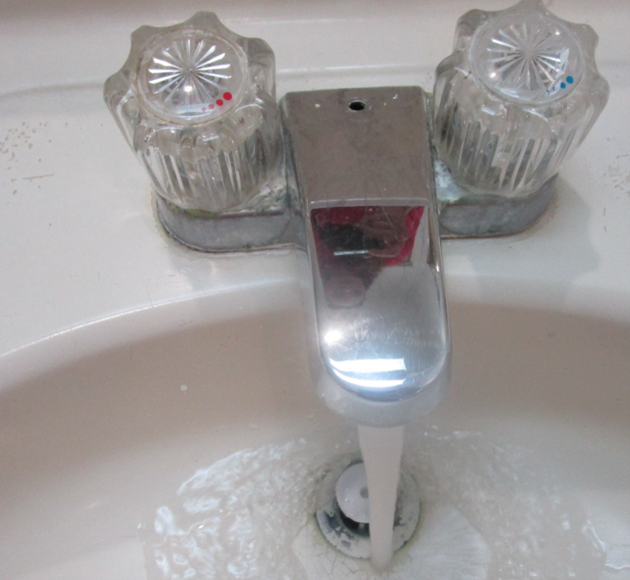
L1 – missing mechanical arm
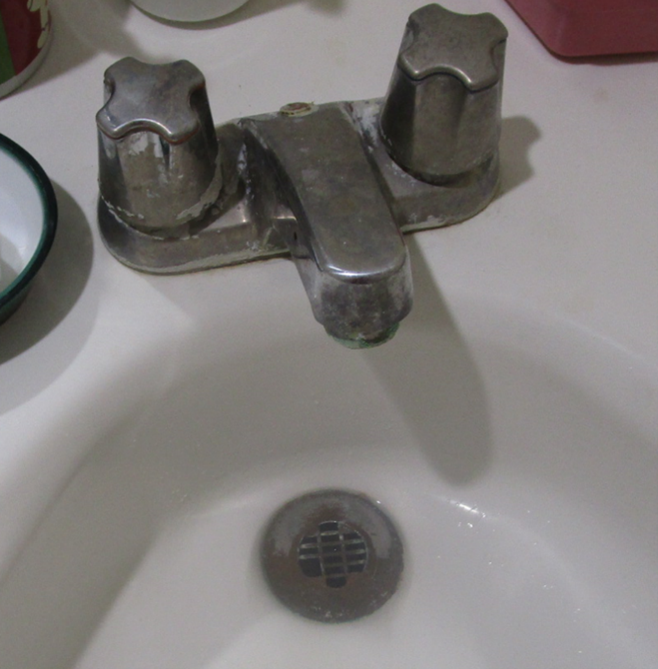
The handicapped get a stopper too!!!!
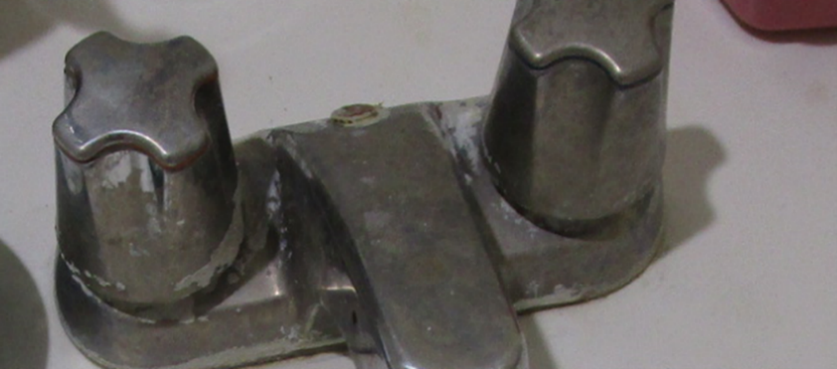
Google “Plug Button for Pop Up Lift Rod”
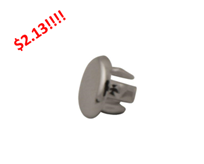
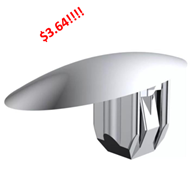
Unit – Shower/Tub
The Federal Register states, “If you see the stopper near the shower/tub area, do not record it as a deficiency.”
- This means that the shower/tub stopper does NOT have to be installed but can be nearby in a drawer, shelf, medicine cabinet or tub ledge!
The Compilation Bulletin clarifies that:
- A missing stopper cannot be higher than a Level 1
- You can replace the mechanical stopper with a rubber stopper as long as ALL PARTS from the mechanical stopper are removed:
- If you have a “trip lever” type mechanical stopper – remove all parts and replace with an overflow plate
**NOTE**
- If you remove the mechanical stopper – it’s a REALLY good idea to provide a drain screen to catch hair, bar soap, etc.
**NOTE REGARDING UNIT SHOWERS ONLY (no tub)**
- On Page 76, #7 of the Compilation Bulletin, HUD is unclear and thus confusing inspectors on:
“A missing shower floor drain cover is a deficiency and should be recorded under [Units] [Bathroom Items] [Shower/Tub – Damaged/Missing]”
- Upon further research – what this refers to is a SHOWER ONLY – not a bathtub – that is missing the drain cover (as opposed to a stopper).
- Typically, shower drain holes are larger than bathtub drains, HUD did not indicate whether it should be a Level 1 or Level 3, however the Federal Register supports the possibility of a L3 being recorded – again, just for shower drain covers (not tubs).
- Additionally, even if the mechanical bathtub stopper is missing, there are usually ‘teeth’ inside the bathtub drain hole that help catch debris, hair, etc. whereas stand-alone showers do not.

